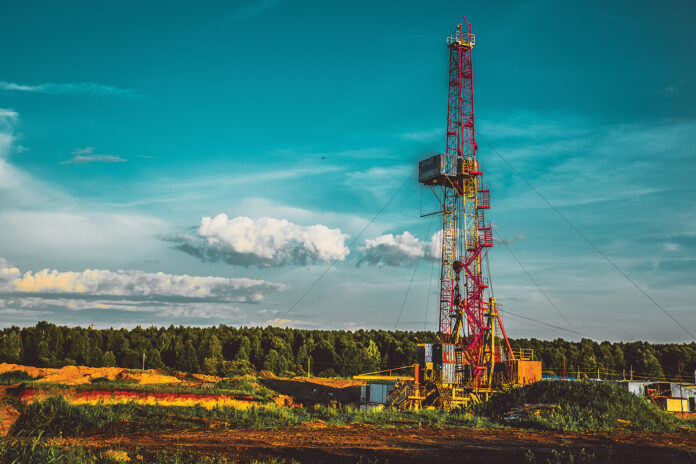
After the introduction of unconventional extraction techniques in the 1990s with the Barnett Shale near Fort Worth, Texas, natural gas production began to rise significantly in the U.S. Prior to the widespread use of unconventional methods — specifically during the early period of deregulation from 1990 to 2010 — natural gas prices in the U.S. fluctuated widely from under $2 to nearly $14 per thousand cubic feet due to uncertain supply and demand patterns. This volatility — principally to the high side — elicited concern by groups opposing the export of natural gas from the U.S. because they believed that such activities would cause prices to rise significantly. However, our analysis — or alternative narrative — at UTSA’s Institute for Economic Development demonstrated significant flaws in the reasoning of such claims.
During that period, European buyers were paying $12 per thousand cubic feet; those in Japan paid $16-17 per thousand cubic feet. As a result, both markets did and still do represent attractive prospects for the sale of U.S. natural gas. The process of cooling/liquefaction, transport, and re-gasifying natural gas from supplier to the customer adds approximately $5-7 per thousand cubic feet to the cost of the product (shipment to Europe is less expensive than Japan due to its proximity to the Gulf Coast ports). After subtracting this cost from the selling price in Europe and Japan, we demonstrated that the business case for export would cease to exist if natural gas prices in the U.S. reached $7-8 per thousand cubic feet, far below the peak of $13.42 hit in October 2005 — with the lower price range thus acting as a ceiling by dampening foreign demand at that level.
Notably, around 2010, a now-bankrupt exploration and production company’s internal economists forecast that natural gas prices would soon return to $10-12 per thousand cubic feet or higher in the U.S. By employing backward-looking forecasting methodologies based on the 1990-2010 data rather than recognizing the emergent properties of new natural gas market fundamentals (as elaborated in a 2013 TED Talk: www.youtube.com/watch?v=KsbNYbLBkhA), the exploration and production company in question bet big and lost. The publicly traded firm decided to invest heavily in new rig operations in the expectation of increased natural gas prices that never materialized and eventually forced the company into bankruptcy in 2020.
Details regarding the UTSA analysis of natural gas markets were published as an op-ed in the Wall Street Journal on May 29, 2013, entitled “Exporting Natural Gas Will Stabilize U.S. Prices.” (www.wsj.com/articles/SB10001424127887323611604578396441358002584)
Despite concerns regarding severe price increases resulting from the export of natural gas — which began in 2016, with five terminals now operating along the Gulf Coast — natural gas prices in the U.S. have not exceeded $5 per thousand cubic feet since February 2010 with the recent and anomalous exception of the weeklong Winter Storm Uri spike from February 11-18, 2021. Even the Electric Reliability Council of Texas (ERCOT), the entity charged with managing the Texas electric grid, did not sufficiently understand its own supply chain. By shutting down natural gas transporting facilities to save power — among other missteps — ERCOT actually exacerbated power outages.
Yet, though record cold temperatures drove near-unprecedented energy use, Henry Hub prices fluctuated only briefly. On February 11, they shot up to $6.50, eventually reaching $23.86 on February 17 for a single day, then dropped to $8.56 the next day, and finally fell back under the $5.00 per thousand cubic feet (tcf) ceiling (currently selling around $3-4 per tcf) where it remains once again.
Winter Storm Uri notwithstanding, natural gas production in the U.S. continues at or near all-time highs, with records dating back to 1900, a far cry from the once-feared scenario of regular and frequent shortages translating into sustained high prices. As market environments and the behavior of their participants evolves, a relevant analysis must reflect the changes.
About the author: Thomas Tunstall, Ph.D. is the senior research director at the Institute for Economic Development at the University of Texas at San Antonio. He is the principal investigator for numerous economic and community development studies and has published extensively. Dr. Tunstall recently completed a novel entitled “The Entropy Model.”














